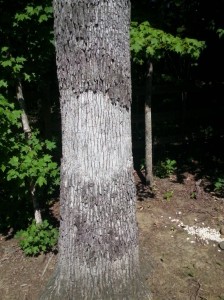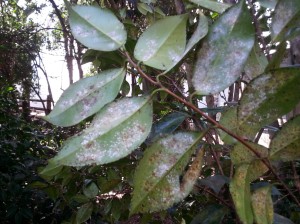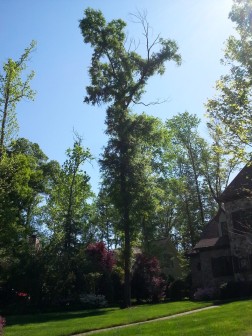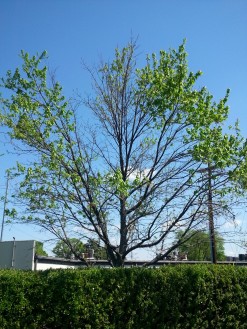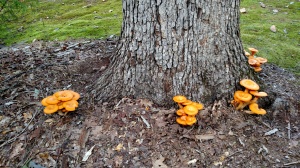 Shrub Doctor was called assess the health of this oak tree yesterday. Normally mushrooms and fungal conks growing at the base of a tree indicate advanced stages of root decay. In this case, the tree was in perfect health.
Shrub Doctor was called assess the health of this oak tree yesterday. Normally mushrooms and fungal conks growing at the base of a tree indicate advanced stages of root decay. In this case, the tree was in perfect health.
These Jack O’lantern mushrooms are actually living off of the decaying mulch and leaf debris surrounding the tree. Jack O’lantern mushrooms get their name from the strange glow that is emitted from their underbelly. Jack O’lantern mushrooms contain a substance similar to that of a lightning bug, causing the areas around the mushroom to emit a faint glow in darkness.
If you see mushrooms growing around the base of your trees, call Shrub Doctor immediately. Not all assessments of basal fungi end in good news. Our ISA Certified Arborists will provide you a clear and accurate assessment of your trees so you will have a better understanding of the health of your landscape.
